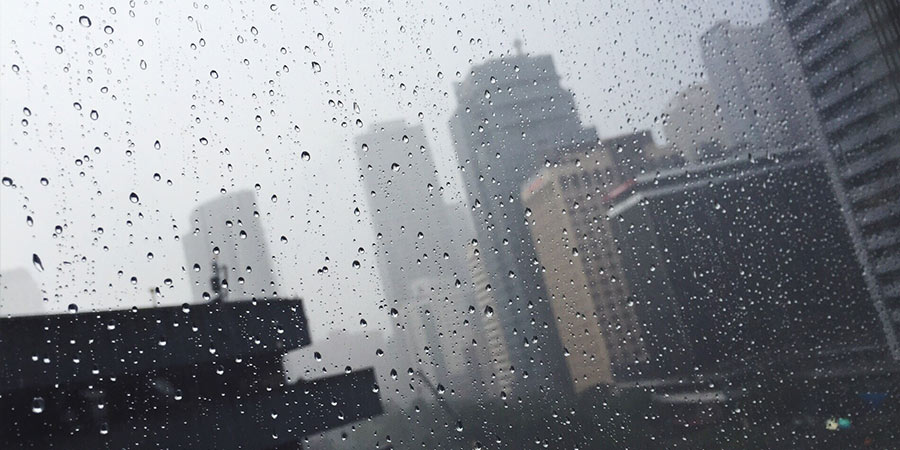ASTM E 331 and ASTM E 1105: Testing Water Resistance of Exterior Walls

Critical performance factor
Water resistance is a critical performance factor for a building envelope, especially in climates where wet, wind-driven rain is a common condition. Keeping water out of wall assemblies is crucial for the long-term health of buildings and their occupants. As with other aspects of building envelope performance, “there’s a test for that.” It’s called ASTM E 331.
The full title of ASTM E 331 explains its purpose: “Standard test method for water penetration of exterior windows, skylights, doors, and curtain walls by uniform static air pressure difference.” The test is applicable for testing an entire curtain wall or a window, skylight or door alone.
Contact an air barrier specialist today
Intended to simulate a realistic scenario, the test requires the construction of a specimen wall with all components to be tested at full size using the same details as in an actual wall assembly. This could include an air barrier or water-resistive barrier as part of the assembly.
The specimen is installed on one side of a sealed test chamber, which is equipped with a water spray grid with nozzles that spray water on the specimen uniformly at a minimum rate of 3.4 L/m2-min. The chamber also has a blower or compressed air system that provides a constant air flow at a fixed pressure. The idea is to create a pressure differential of 137 pascals (Pa), unless otherwise specified. For a skylight, the specimen should be angled as it would be in an actual building installation.
The specimen is then subjected to the water spray and air pressure for a period of 15 minutes. Test technicians observe the test specimen and record any and all points of water penetration on the inside face of the specimen.
Testing a wall in the field
What about testing a wall in the field? Obviously, the method defined in ASTM E 331 would be difficult to replicate on site. That’s where ASTM E 1105 comes in. It defines a standard test method for determining water penetration of installed curtain walls, windows, doors, and skylights in the field.
The wall or fenestration is fitted with an apparatus that creates either uniform pressure or cyclic pressure on the inside surface. A calibrated spray rack with nozzles on the exterior surface sprays water at the installed wall assembly or fenestration at a rate of 3.4 L/m2-min. In this way, ASTM E 1105 attempts to simulate the real-world conditions of wind-driven water, similar to the lab water penetration test method described in ASTM E 331—with the added advantage of optionally using cyclic pressure, which may replicate conditions more realistically.
Both ASTM E 331 and ASTM E 1105 can provide invaluable information on the water resistive performance of curtain walls and fenestrations—either beforehand in the lab or on the project site as construction is underway.
Tags
- Air barriers
- Architects
- Building Envelope Solutions
- Consultant
- Contractor
- Distributor
- Engineer
- PERM-A-BARRIER®
- Subcontractor
- Underlayment
- Weather barriers